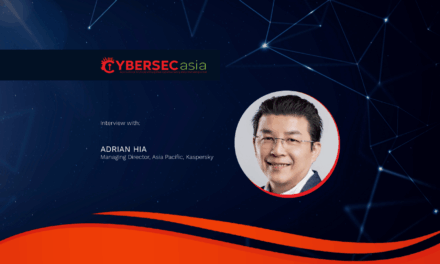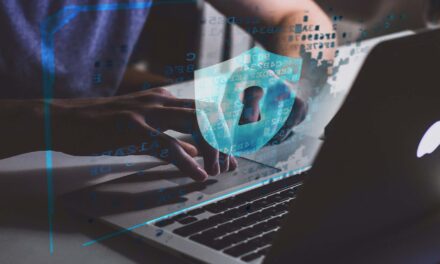A mother’s lawsuit over her son’s alleged chatbot-induced suicide will soon set legal precedents in AI creators’ rights and IP boundaries.
A landmark lawsuit against Google and Character.AI is stirring new questions on AI chatbots’ rights to free speech; on guardrails against negative AI impacts on mental health, and the potential abuse of intellectual property (IP) in chat sessions.
A mother in Florida has filed a wrongful-death lawsuit against Google and the AI startup Character.Ai, alleging their chatbot had contributed to the suicide of her 14-year-old son, Sewell Setzer III.
Setzer had died in February 2024 after reportedly developing an emotionally abusive relationship with the AI-powered chatbot named in the lawsuit, which had impersonated fictional characters and even a licensed psychotherapist.
The case has drawn international attention for its novel legal challenges and the broader implications it holds for AI regulation. Judge Anne Conway has just this week denied Character.AI’s motions to dismiss the case, rejecting their argument that the chatbot’s output constitutes “protected free speech” under the country’s First Amendment.
The judge stated that “words strung together by a large language model are not automatically speech”, and has allowed the lawsuit to proceed.
This ruling is seen as a pivotal moment in defining the limits of constitutional protections for AI-generated content, potentially setting a precedent for future accountability of AI developers. The case highlights a complex intersection between free speech rights and mental health risks posed by AI chatbots. Also at stake are commercial interests that assume that users have a right to access all forms of speech generated by AI chatbots, likening the creative output to protected media such as video games and films.
The tragic outcome has intensified calls for stricter safeguards and ethical standards in AI development to prevent psychological damage in vulnerable groups.
Although Google denies direct creation or management of Character.AI’s chatbot, it holds a license to the startup’s technology, and has ties through former employees. This blurs the lines of responsibility and ownership in the rapidly evolving AI industry. As courts examine these relationships, the case may influence how intellectual property rights and liability are assigned among tech giants and AI innovators.
Overall, this impending case marks a critical juncture in balancing innovation, free expression, and user safety in the age of generative AI.

















